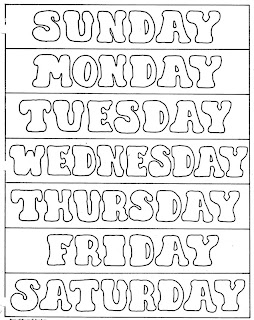MEALS.
Objective: Increase the vocabulary about popular
foods and strengthen speaking.
Greeting: class started with a song called
"hello how are you"
DEVELOPMENT
OF THE CLASS
Prior to the class, talk to the parents of
children with parents who develops the next class, but this is not going to be
like previous classes, but is being done as a mini food fair.
Booths: with tables, will arm as a sort of mini
concession stand.
Will be distributed to parents who must
bring food (booths for four parents) where four parents bring the same food to
distribute to the children of the living room and the other parents.
Food
suggestive: hot dog, hamburger, spaghetti, chicken, rice pudding, porridge or
lemonade, etc..
Adaptation: Each booth will have the name of the food
in English, and the children ask for food in English.
Ex: Please, I want a ..... (hot dog,
spaghetti, hamburger, chicken, etc.)
After the day, we will sit under a tree (or
space where there is shade) for feedback and review class learned words.



.jpg)
.jpg)


.jpg)





.jpg)





.jpg)
.jpg)
.jpg)


.jpg)






